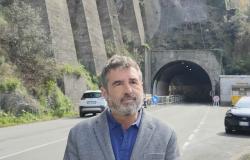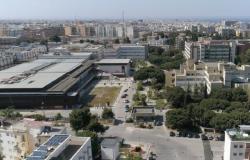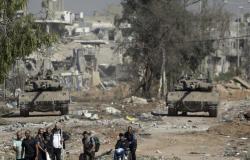Anecdotes, events and curiosities of the more contemporary history of the Fiumicino area
by Roberto Saoncella
At the end of March 10 years ago, after almost two months, the emergency caused by that exceptional weather event that we all remember as the flood of the Sacred Island (see video by Nicolas Dimax).
It all started on the night between 30 and 31 January 2014. Meteorologists now know how to give us a precise time: 2.45 am. At that moment a pocket of warm air coming from Africa collided with cooler Atlantic currents coming from the north, right off the Roman coast. Thus, what in technical jargon is called a self-healing cell was formed, considered by experts to be one of the worst forms of storms in existence. In essence, the bad weather continues to feed itself without being able to move away from the point where it formed.
In less than six hours, until 8:00 in the morning, around 150mm of rain fell in the north and west of Rome (considering that the monthly average is around 250mm). Upon waking up on Friday morning, the situation seemed particularly critical only in the Vignole area, where in some streets the water had reached up to 60 cm in height and 35 people had been evacuated during the night.
Flooding was recorded almost everywhere in the rest of the Municipality, but the real situation was not yet entirely clear. Over the next 24 hours, another 100 mm of rain fell. On Saturday 1st February, while it continued to rain, although less intensely, everyone was able to actually realize the size of the event.
About 30% of Sacred Island was submerged under an average of 40 cm of water. On Sunday the weather situation was improving, but to everyone’s great surprise the situation on the field was worsening. Like an oil stain that continues to expand, in more and more houses the water was now leaking from the bathroom drains and wells, flooding what seemed to have been saved until then. The entire drainage canal system of the Sacred Island was now non-functional. An enormous marshy lake had been created in the fields between via Passo Buole and Passo della Sentinella.
It would have taken weeks to make that water flow out with Villa Guglielmi’s hydraulic pumps alone (normally assigned to do this for all the canals on the island). Monday February 3rd is the worst day. The city is semi paralyzed: important road arteries such as via Trincea delle Frasche are still closed, schools closed, public transport stopped. In 3 days, the police, traffic police and civil protection distributed over 2,500 bags of sand and assisted 100 people, of which 85 were displaced.
At the Catalani center over one hundred hot meals are prepared every day and around 300 packed lunches are distributed. Prefect Pecoraro then decides to send the Army and with them the water suction power increases tenfold, but above all the soldiers arrive with mobile pumps that can be positioned where they are needed most. Thus concentrating in the most affected quadrilateral, i.e. the one between via Castagnevizza, via Trincea delle Frasche, via Passo Buole and via Costalunga, we manage to pump towards the nearby Fiumara Grande, up to 4500 liters per second.
However, another two incessant days of work were necessary (6 from the beginning of the nightmare), before the water abandoned most of the houses on the island and it was possible to begin emptying the basements and cellars. On Saturday 15 March, a month and a half later, extraordinary collections were still being organized for furniture, clothes and anything else the water had destroyed.
Those just revised are dates that entered the recent history of Fiumicino, in our “near past”. But they still tell us, in a bloody way, about the fragility of our territory. A marshy area to be reclaimed, which as such continually requires care and maintenance, starting with those channels which for too long have been considered only an economic obstacle and have never yet been truly valorised.
EPISODE 1: “Red Gates – Yellow House – Blue Village”
EPISODE 2: “The hidden channels”
EPISODE 3: “The parable of the Carnival”
EPISODE 4: “January 2014, the flood of the Sacred Island”






